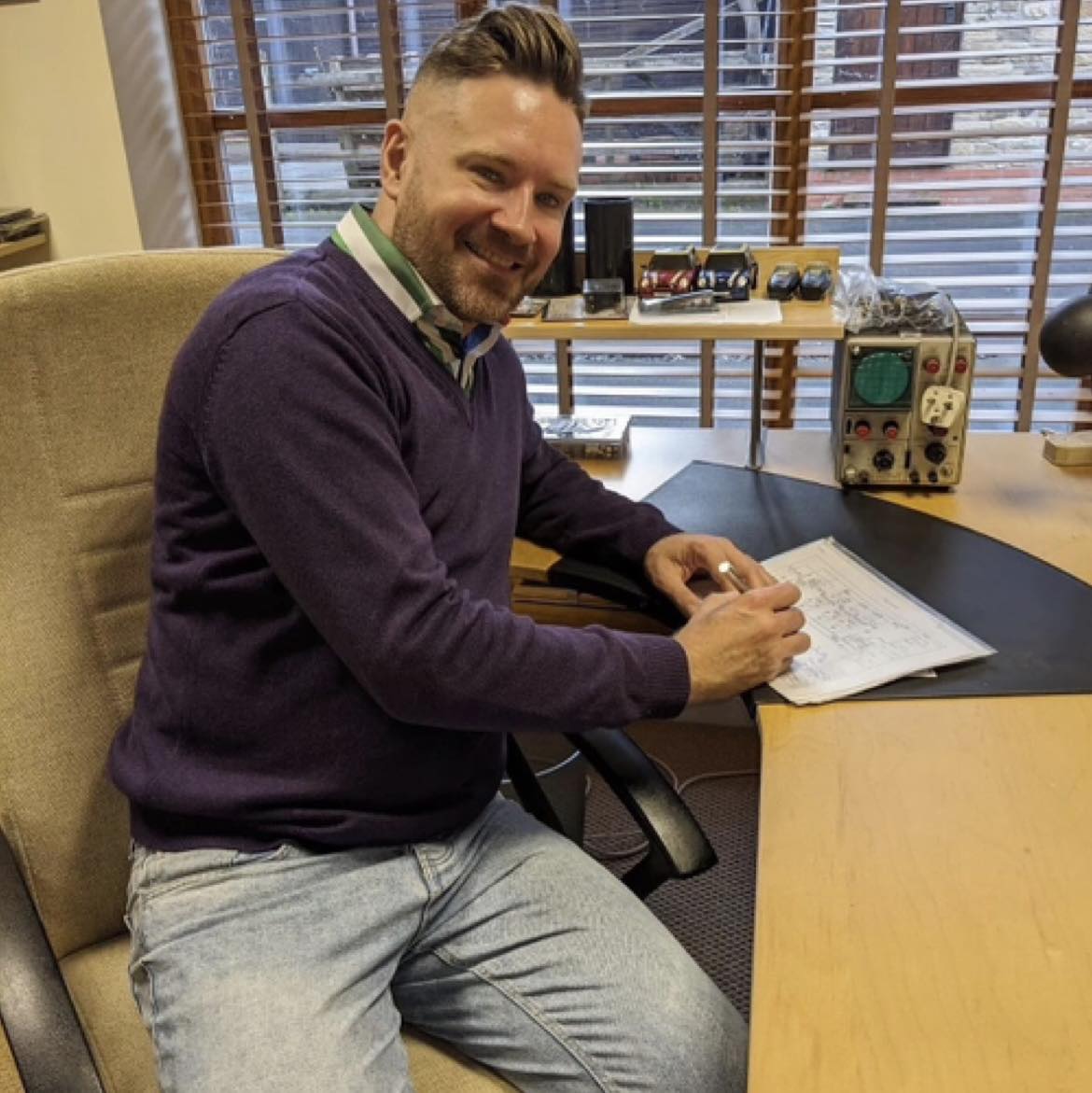

Sean Murphy, CEO & Founder

Sean Murphy LOA & Forensic Authentication
Forensic handwriting authentication began in the 1600’s. Scholars called it “Graphology” back then. Little did they know, a huge scientific community germinated from those early studies and theories. Today, forensic handwriting experts are in high demand in many areas, including criminal cases, autograph authentication, civil lawsuits, check fraud, or any other area requiring the analysis of handwriting and documentation. The work of a forensic handwriting expert is admissible in court under both the Daubert and Frye standards, and the opinions rendered by such experts are considered as fact in any judicial setting.
Forensic handwriting analysis is the comparison of two similar types of writing to determine authorship and authenticity. The goal of forensic handwriting analysis is to analyze, compare and evaluate the handwriting characteristics to determine if the handwriting was or was not written by the actual writer.

Principle of Unique Characteristics
Handwriting is a conscious act but the repeated act of writing each word and letter becomes automatic. The writer focuses more on what they are trying to say than on the actual writing process itself. It’s at this time that handwriting demonstrates many habitual subconscious patterns. It is these repeated patterns that make handwriting unique and individual.
Natural Variation
Handwriting is a dynamic process made up of the mental image of what you are trying to say, and the muscular coordination of the writer to imitate the copybook form learned at school with their own individual habits. Because we are not robots, handwriting does not look exactly alike from one writer. Thus, natural variation is part of the handwriting process and serves to make handwriting unique. It is these habits and variations in a person’s handwriting that can assist to make handwriting identifiable.
Writing Skill
Handwriting skill is practiced when we first learn to write. When young students, we follow a copybook style of writing that our teacher’s demonstrated in our first classroom. As each individual is unique, handwriting relies on the mental image of what we are trying to write, combined with the neuro-muscular act of the writing act itself. These three things combine to make handwriting unique and individual. Handwriting is formative while at school, and gradually a writer reaches a point of graphic maturity where handwriting habits are fixed and change very little. Skill level can improve a little bit with practice, however, a writer who has reached graphic maturity cannot demonstrably improve their writing skill overnight.
What is a forged signature
Forgery is a legal term requiring an element of intent to defraud, but in it’s simplest definition, a forged signature is a signature that has been determined not to be genuine and that actual fraud was determined. The decision whether a disputed signature or document is a forgery is determined by the judge or jury (the triers of fact) and is not within a document examiner’s role to determine the intent of the writer. It is not appropriate for a forensic examiner to use the term forgery in reports or while testifying as it gives an impression that the forensic handwriting expert does not properly understand their role.
Examining a suspect signature on a document is a frequent request received by a forensic handwriting expert. Deciding if the signature is genuine or not requires careful examination of several facets of the signature including line quality, speed, letter formations, height relationships, and size. Because signatures are the most common type of forgery, suspect signature cases appear in the authentication of sports and entertainment memorabilia, contested wills and deeds, employment contracts, and checks.
Sometimes a signature can be identified to a known writer through a handwriting comparison, however many signature examinations cannot be definitely determined due to limiting factors. If limiting factors interfere with the examination, the conclusion falls within a range of probability. The ability of a document examiner to detect a forged signature is challenging in today’s digital age. Science has made many breakthroughs in terms of technology and methodology. We can accurately determine the validity of a signature using these methods and technological equipment.

Our Services
- Handwriting Examination
- Detection of Forged Signatures & Documents
- Ink Analysis
- Autograph/Signature Authentication
- Cheque Fraud
- Last Will & Testament Forgery Detection
- Altered Contract Detection
- VSC Technology Analysis
5868 South Pecos #400, Las Vegas, Nevada 89120 – Sean Murphy Forensic Handwriting Expert – www.murphyloa.com